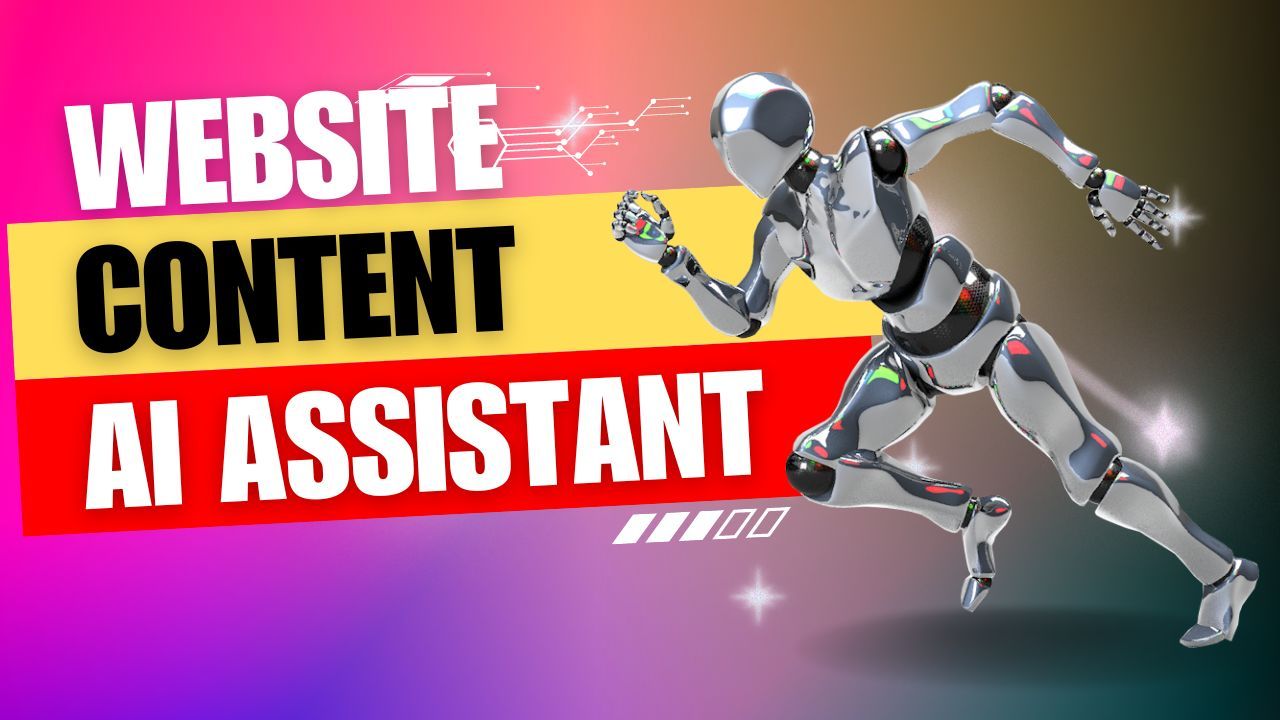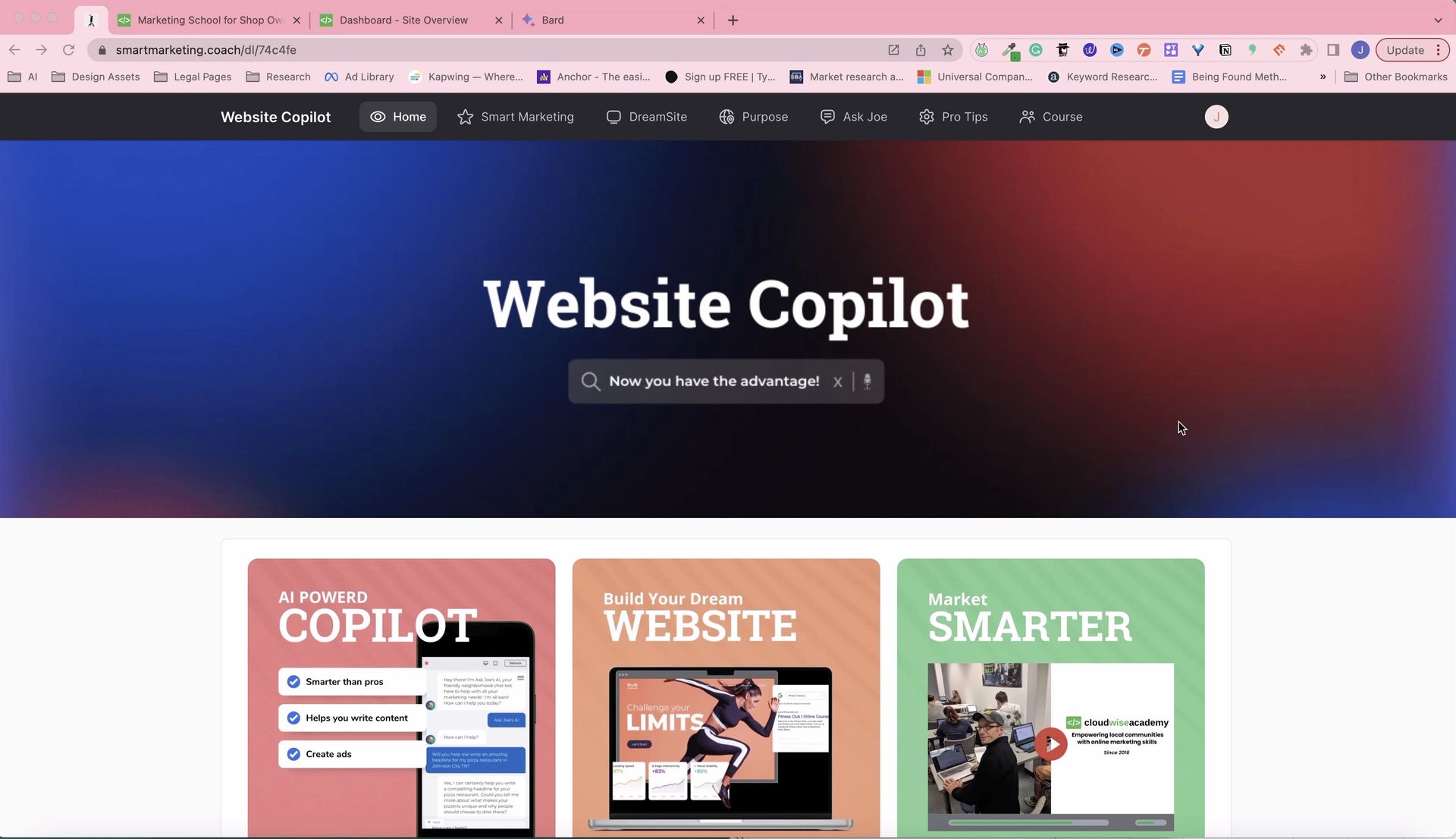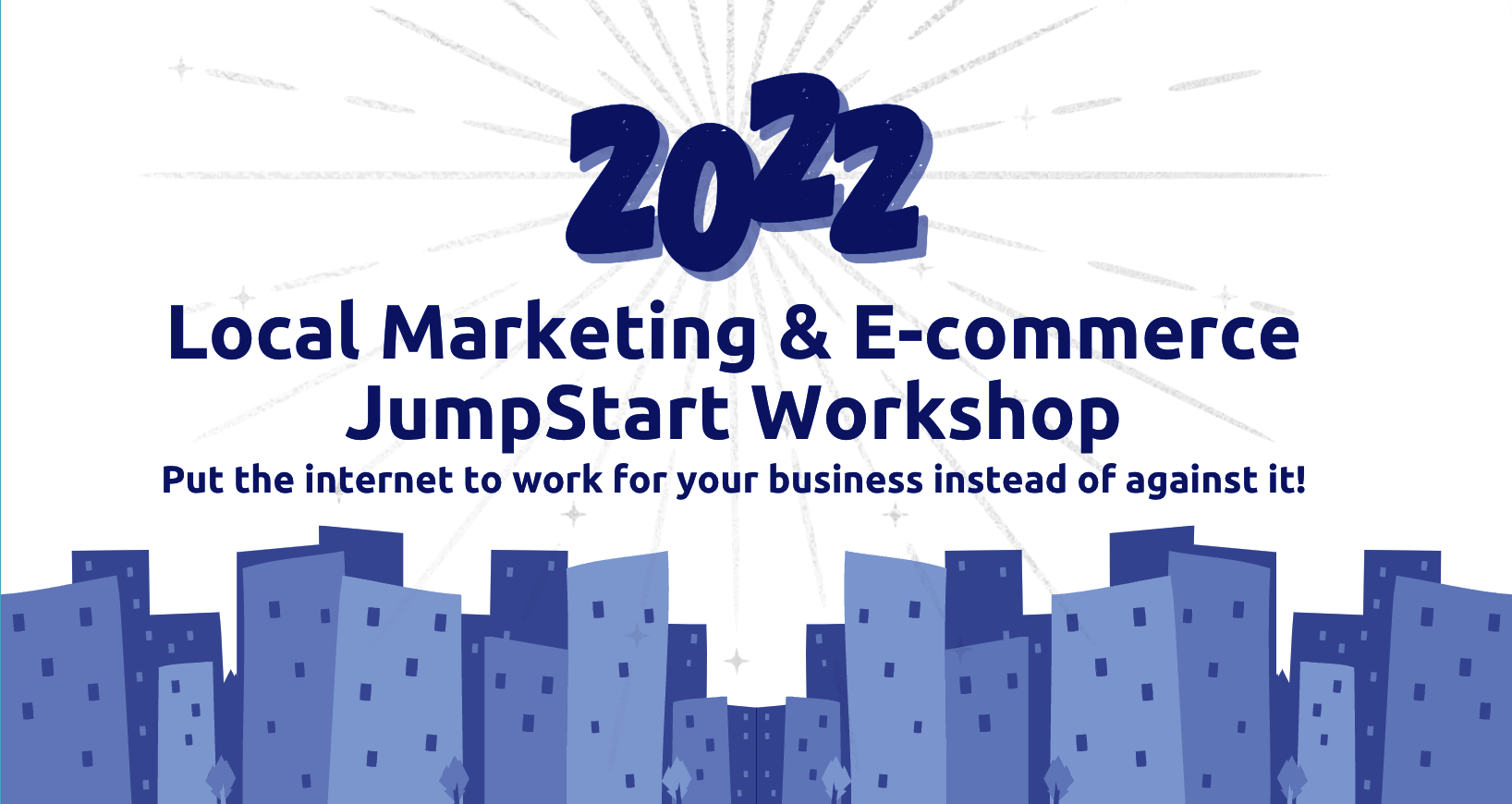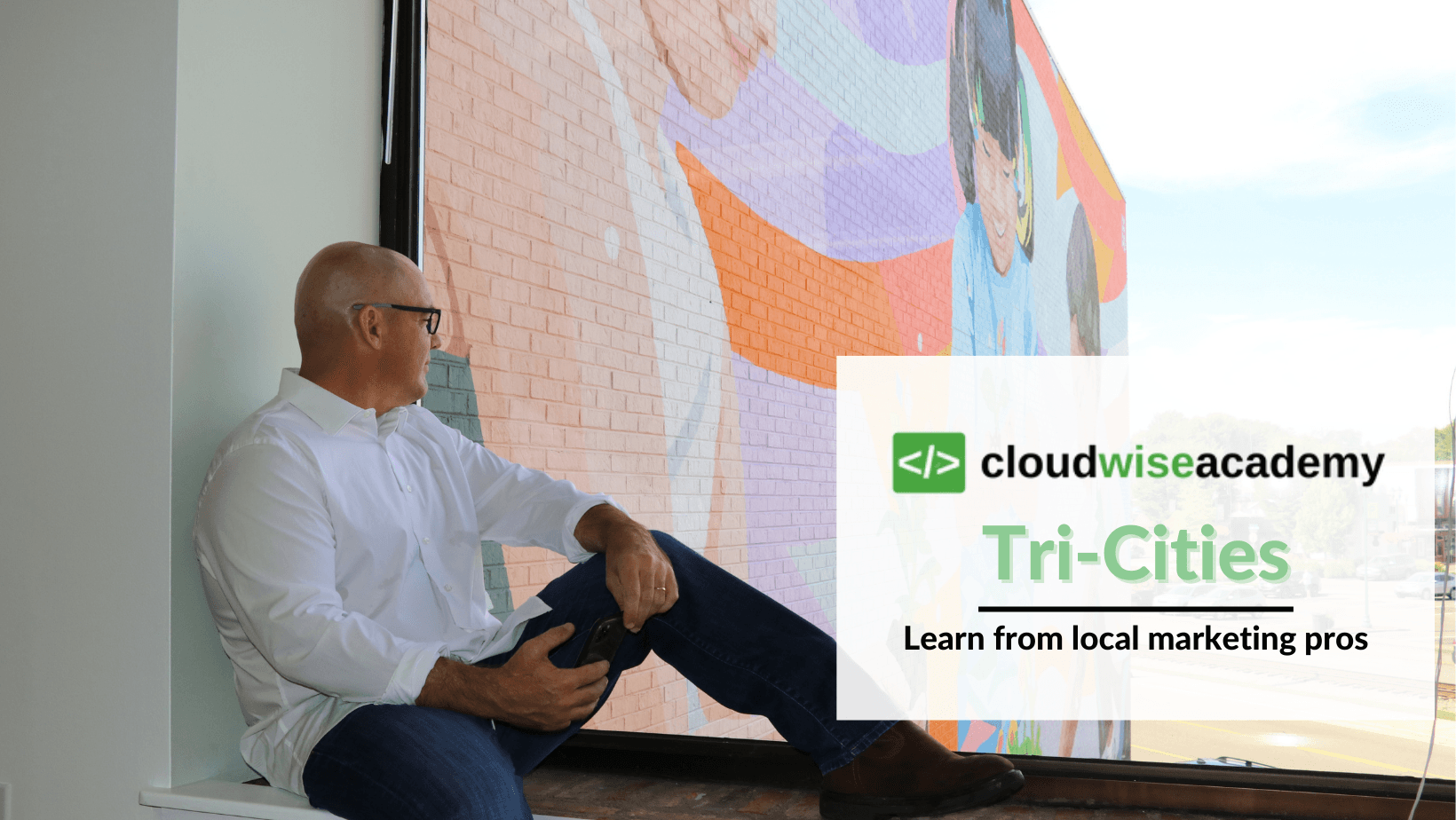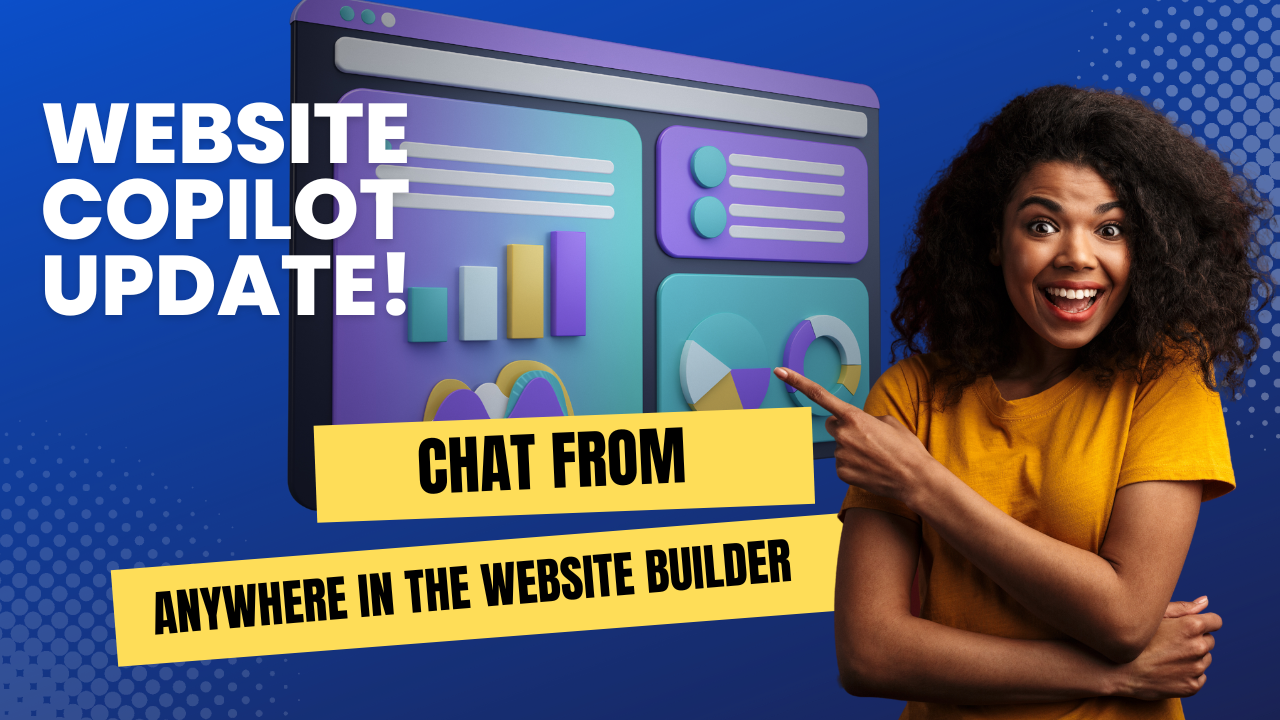In this episode, we discuss a few metrics to monitor including organic traffic, referral traffic and bounce rate.
Joe: There’s an article that I came across by author John Lincoln who writes for Search Engine Land’s blog. He was going over was the 12 most important search engine optimization metrics to monitor. I don’t know if we’re going to get through all 12. I don’t know if the audience would listen to us if we did, but I wanted to break down a few of these important metrics, Chauncey. One of the very first metrics that this article points out is organic traffic. So what is organic traffic, and what is this metric?
Chauncey: Ok well, organic traffic is traffic that you get naturally. It’s not necessarily advertiser traffic or anything like that. It’s people who have found you from across the web, by the referral traffic, social media shares or search engine traffic. So organic really sort of implies natural movements throughout the web. How did they get to you? How did they find you?
Referral traffic would be another website links to my website and somebody has followed that link to get to me.
Joe: This is really the core of SEO; being found naturally. So why is this important to know? If you’re not being found this way, then all you’re being found for are channels that you’re paying to be found for, are you missing a big opportunity? My answer to that question would be that oftentimes if a site’s doing the right thing this is where most their traffic comes from.
Chauncey: It should be, but you’re also hiring an SEO a lot of the time. So you’re still paying for organic traffic, but as well you’re paying for that work that goes into it. Really it is where the bulk of your audience can come from and it’s where your growth audience will come from.
So we’ve got people on our mailing list, we’ve got people that we advertise towards, recurring customers you know and that’s sort of the meat of our business, but if we’re going to grow our business, we need some sort of invitation in for those on the outside and that’s where the bulk of that is going to come from.
Joe: All right. I like this next one. This is one that’s overlooked a lot and that is organic traffic, or traffic in general, by location. I’m not sure if everybody knows that you can log into Google Analytics and you can see what city, state, and country your traffic is coming from and the people who are viewing your site.
So if you’re a local lawn business in Northern California and all your traffic is coming from Southern California and India, you may think you have a lot of traffic. But is it relevant traffic that’s actually going to buy?
Chauncey: Well what you need to address in that situation is what is it about your site that’s making Google think that you’re a relevant website for those areas? You do need to address the wording of your site and the localization of your site, making sure that you have a Google My Business account so Google knows where you’re located.
Make sure that there are localization factors on the website like a local phone number and an address and stuff like that so that you’re not being found in the wrong locale. Google is showing you to those people because something about your website is making Google think you are a relevant search result for those people.
Learning to read these metrics isn’t hard, you can see which states and cities people are finding you from, It’s a map. It is colored blue where they are finding you from, I mean it couldn’t be any faster or easier to look at.
Chauncey: I would say the hardest part about analytics is getting there and not understanding what you’re seeing but navigating to it.
Joe: Yeah and there are hundreds or thousands, I mean I’ve never counted, even infinite ways you could look at or use analytics. Chauncey, your point here is brilliant. These 12 metrics really are ones that businesses should take the time to understand. It would change their ability and understanding when it comes to customers finding them and liking what they find. The bounce rate metric alone would show you that information.
Chauncey: Just to help explain the bounce rate thing, it is when somebody goes to your site, and they don’t like it so they leave. Do you know why they didn’t like your site? There are a few reasons. One is that you aren’t relevant or you weren’t good enough. Basically, the customer thinks, so I was searching for this and that wasn’t what I see on the site, so I bounce. Or I was searching for this and it wasn’t good enough, the page loaded too slow, the site looked like dog dookie, I don’t know. Is that a radio-friendly term? I’m a poet.
Joe: You’re an artist, well you’re a musician. I do want to take a minute to explain something that if you’re a business owner, manage your business, or are in charge of getting stuff sold, I want you to write these three things down and think of it as a triangle that you used to view the internet and your website.
3 rules for being found online
- Meet customer expectations
- Meet Google expectations
- Meet revenue expectations
This bounce rate is a perfect example of, is your content on your website meeting that customers expectations or not? I’m not asking if you as a boss like it, or your friends think it is a great website. I’m not asking you any of those questions. Do your customers like your website? Because if they don’t. they’re going to leave and Google’s not going to like you. Google is going to bring you most of the traffic and not only that, but it means you’re not helping your customers.
Chauncey: Let me say something very harshly. Your website is not the Mona Lisa. It is not a piece of art and it’s not something that you’re supposed to like or love. It’s supposed to be a conversion tool and that needs to be the bottom line. If it’s converting, it’s good. If it’s not converting but it looks great, it really doesn’t look great because it’s not complete.
Joe: This might not do well for me getting new customers ever. Andrea ends up sharing these. She finds the biggest bloopers, makes a blooper reel and she shares them across the world. But I have sat in boardrooms of big companies and had a CEO tell me they love the website. And my question to them in front of everybody is who the hell cares what you think? If this money is being on a website just because you like it, who the heck cares right?
Chauncey: Unless your clientele is CEOs of companies, which normally it isn’t.
Joe: What I’m looking at here is the statistics that everyone is bouncing off of your site, you’re losing ranking, you’re not mobile friendly so mobile isn’t even coming to your site in the first place. So the fact that you like your site, does not mean that your customers do. And I say that. That’s how strongly I feel about this pyramid to look through customer expectations, Google expectations, and revenue expectations. I’ll explain later.
Chauncey: I want to demystify this next one before we talk about it. So this other analytic that they bring up here is traffic by device. Meaning, is this an iPhone or is this a laptop? is this an iPad or a Google phone? It matters now because people are using different devices. There is something I totally disagree with, and that is when a web designer is talking to their client and they say they always build a mobile site first. If you’re saying that mobile is important, then I love what you’re saying but I don’t want you to build mobile first. I want you to build customer first.
Chauncey: Let me throw this at you. When designers say that, they normally are misrepresenting themselves. The purpose of building mobile first is the order that it loads elements so that mobile means that it loads faster on a device and that your more powerful desktop will load nonmobile elements later. But most people use the term “mobile first” as though that’s where their personal focus is.
Joe: That’s right and that’s why I want to demystify it. So what businesses want to do is to go into this analytic and see which devices are being used to access your site and you want to make sure you address those devices and you want to see if there are high bounce rates when people show up with an Apple phone or if a desktop has a different bounce rate or less time on site. These are things that you want to check out so that you’re aware of how to work with your web developer not them just using that term like Chauncey said, which is being misidentified as “mobile first” meaning they’re designed for your phone first when that is not what they mean.
Chauncey: It is more based on speed than it is on focus.
Joe: I do agree with you and I think I want to kind of list them real quick. You’ve got organic traffic, landing page, by location, organic bounce, organic conversion rates by device, exit pages, breakdown, too many for me to name here.
Chauncey: Exit pages is an interesting one because we were talking about leaving the site, and exit pages can seem bad but they are also very good. Because if somebody fills out your form they got what they want. They closed the window out because they got what they want. So exit pages are very important because that shows where people are ending and if you can see how long they’re on that page, you can tell they converted. Or you can put some sort of conversion thing to tell you if they converted and you can say this page is doing it. We’ve got to get this page closer to the front because this page is actually converting the money.
Joe: Yeah yeah that’s a great point. Exit pages may sound bad because they’re leaving, well everyone’s going to leave your site. The point is did they leave where you wanted them to? Did they get what they wanted before they left? Exit pages are good and I’m glad we got to that one.
Chauncey: My point here is that Google analytics should be on everyone’s site. It’s Google’s free tool that allows webmasters and businesses to see where their website fits in the customer buying journey, and where it fits in Google and who’s sending you traffic. So as a business owner, if you look at a PNL, your balance sheet, your sales or your inventory, it is also time to look at your Google analytics.
Just using these 12 things could mean a better online presence and you’d be found by more buying customers.Google has given us nice little charts and it’s kind of fun if you know where you’re going.
Joe: That is insightful. It’s fun to see things make sense. A business owner could learn these 12 things and kind of have a working knowledge of their online marketing.
Chauncey: Yeah and it’s not like when you go into your analytics you’re looking at like a spreadsheet with just a bunch of numbers. There are fun little graphs and it does its part to try to help you understand.
Joe: It is a relief to see what’s going. It’s a relief to have a conversation with these people who you’re spending money with, who are marketing your website, or building a website or Adwords or whatever and to communicate with them based on some facts.
Chauncey: And plus as a business owner you can’t just constantly be running and putting up drywall and doing the hard work. You know I like to jokingly refer to it as playing business. When you play business there has to be some fun parts too and seeing successes and being able to sort of check-in and sort of feel like you’re involved with the deeper part of your business. Being able to check in on the daily adds some fun to a business owner who’s really grinding their knuckles.
If you are interested in learning to monitor your website metrics go into Google Analytics and get yourself familiar with the following metrics, to learn more about each metric we suggest you read columnist John Lincoln’s article on Search Engine Land “ 12 Most Important SEO metrics to monitor”
- Organic Traffic
- Organic bounce rate
- Organic conversion rate
- Top exit pages for organic traffic
- Breakdown of organic traffic from Bing and Google
- Duplicate titles and descriptions
- Keywords ranked in Google
- Local visibility
- Click-through rate (CTR)
- Pages indexed in Google Search Console
- Pages crawled per day
- Duplicate titles and descriptions
- Crawl errors
Thanks for listening to the Being Found Show, listen to the full show here: Being Found Show Episode #40

